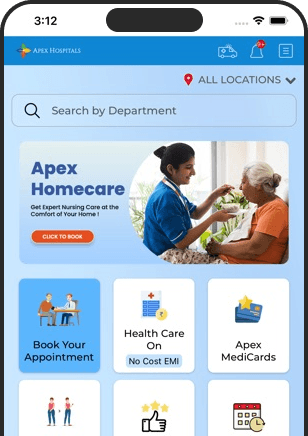Peripheral artery disease

What is Peripheral artery disease?
Peripheral Artery Disease (PAD) is a circulatory condition where narrowed arteries restrict blood flow to your limbs, most often affecting the legs. When your legs don't receive enough oxygen-rich blood, especially during activity like walking, it can cause muscle pain or cramping. This discomfort is commonly referred to as claudication.
PAD is more than just leg pain; it's a warning sign. It typically results from atherosclerosis, where fatty deposits (plaque) build up in the artery walls. This buildup reduces blood flow and increases the risk of heart disease, stroke, and other serious complications.
While PAD most commonly affects the lower limbs (legs and feet), it can also involve the upper extremities (arms, hands, and fingers), although that's less frequent, impacting around 10% of cases.
Even if you don't have apparent symptoms, PAD can be silently progressing. That's why early diagnosis and treatment are key. If you're experiencing leg pain when walking, unusual fatigue in your limbs, or slow-healing sores, it's worth checking your circulation.
At Apex Hospitals, our vascular experts specialize in identifying and managing PAD at every stage, helping you maintain mobility, avoid complications, and improve your quality of life.
Treatment Options for PAD
At Apex Hospitals, your vascular care plan may include:
1. Lifestyle & Medication:
- Smoking cessation
- Blood pressure and cholesterol control
- Antiplatelet medications
- Exercise therapy
- Keeping the stress level low
- Practising good foot and skin care to prevent infection and reduce complications.
2. Minimally Invasive Treatments:
- Angioplasty: When reduced blood flow due to a narrowed artery leads to leg pain from Peripheral Artery Disease (PAD), a minimally invasive procedure called angioplasty can help restore circulation. In this treatment, a thin tube known as a catheter is guided into the affected artery. A small balloon gently inflated at the tip of the catheter opens up the artery and improves blood flow.
- Stent Placement: A tiny wire mesh tube may be inserted and left in place to ensure the artery remains open. The stent acts as a support structure, helping keep the artery wide and reducing the chance of it narrowing again.
3. Surgical Treatment:
- Peripheral artery bypass surgery: Bypass surgery restores proper blood flow when an artery is severely narrowed or blocked. In this surgery, a healthy blood vessel—often taken from another part of the patient's body—creates a new route for blood to flow around the blocked section of the artery.
The surgeon connects this new vessel below the area of blockage, allowing blood to bypass the obstruction and reach the muscles and tissues that need it. This improved circulation can significantly reduce pain and fatigue, especially in the legs, and help prevent complications such as ulcers or tissue damage.
If you're experiencing symptoms of leg artery blockage or have risk factors for Peripheral Artery Disease, early treatment is key. Trust Apex Hospitals Jaipur is the region's leading vascular surgery centre.
FAQS
Health In A Snap, Just One App.
KNOW MORE
